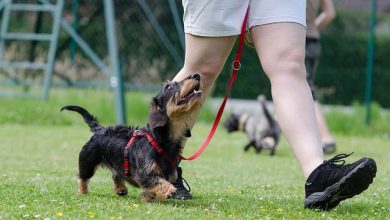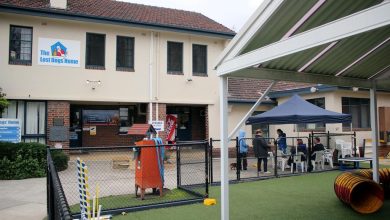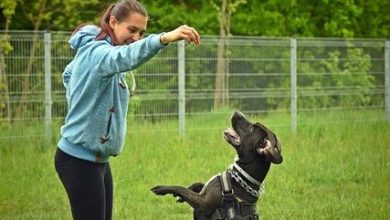How to Stop Unwanted Behavior Using Reward-Based Training

In the ever-evolving dance between humans and animals, communication often transcends words, relying instead on the subtle cues of action and reaction. At the heart of this intricate interplay lies the art of behavior shaping—a method as old as time yet continually refined through modern understanding. Welcome to the world of reward-based training, a compassionate approach that harnesses the power of positive reinforcement to transform unwanted behaviors into harmonious habits. In this article, we will explore the gentle yet effective strategies that empower both trainers and their companions to forge a bond built on trust, respect, and mutual growth. Whether you’re taming the exuberance of a spirited pup or guiding a curious cat towards calmer conduct, these techniques offer a pathway to a more peaceful coexistence, where rewards become the language of love and learning.
Understanding the Psychology Behind Reward-Based Training
Delving into the psychological underpinnings of reward-based training reveals a fascinating interplay between motivation and behavior modification. At its core, this approach leverages the innate human and animal tendency to repeat actions that result in positive outcomes. By consistently offering rewards, whether they be treats, praise, or privileges, the brain releases dopamine, a neurotransmitter associated with pleasure and reinforcement. This biological response creates a mental link between the desired behavior and the reward, making it more likely for the behavior to be repeated in the future.
Key elements of successful reward-based training include:
- Consistency: Ensuring that rewards are given every time the desired behavior occurs to strengthen the behavior-reward connection.
- Timing: Providing the reward immediately after the behavior to help the subject associate the two events clearly.
- Variety: Using a mix of rewards to keep the training process engaging and prevent habituation.
By understanding and harnessing these psychological principles, reward-based training not only modifies behavior but also fosters a positive and motivating learning environment.

Crafting a Reward System That Encourages Positive Change
To effectively promote positive change, it’s crucial to design a reward system that resonates with the individual or animal being trained. Rewards should be immediate, meaningful, and directly linked to the desired behavior. Consider the following strategies to ensure your reward system is both effective and sustainable:
- Personalization: Tailor rewards to individual preferences. What motivates one person or pet may not work for another. Discover what excites and encourages them.
- Consistency: Be consistent in your approach. Ensure that rewards are given every time the desired behavior occurs, especially during the initial stages of training.
- Variety: Keep the system dynamic by varying the rewards. This prevents monotony and maintains interest, encouraging continued engagement.
Incorporating these elements into your reward-based training will help replace unwanted behaviors with positive ones, creating a harmonious environment for growth and learning.
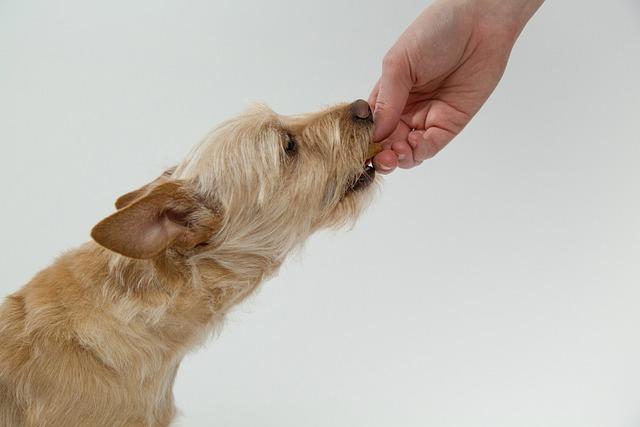
Implementing Consistent and Timely Rewards for Best Results
To maximize the effectiveness of reward-based training, it is crucial to establish a routine of delivering rewards that are both consistent and timely. Consistency ensures that the animal understands which specific behavior is being reinforced, helping to eliminate confusion. It’s important to maintain uniformity in the type of reward, the timing of its delivery, and the circumstances under which it is given. Consistency creates a clear communication channel between you and the animal, making it easier for them to associate the reward with the desired behavior.
Timing is equally critical. The reward should be given immediately after the desired behavior is exhibited to strengthen the connection between the action and the positive reinforcement. Immediate rewards help in creating a clear link in the animal’s mind, leading to faster learning and better retention of the behavior. Here are some tips to ensure your rewards are timely and consistent:
- Prepare in advance: Have your rewards ready before starting a training session to avoid delays.
- Observe closely: Pay attention to your pet’s actions to catch the exact moment the desired behavior occurs.
- Use a consistent cue: Pair the reward with a verbal cue or clicker to reinforce the association.
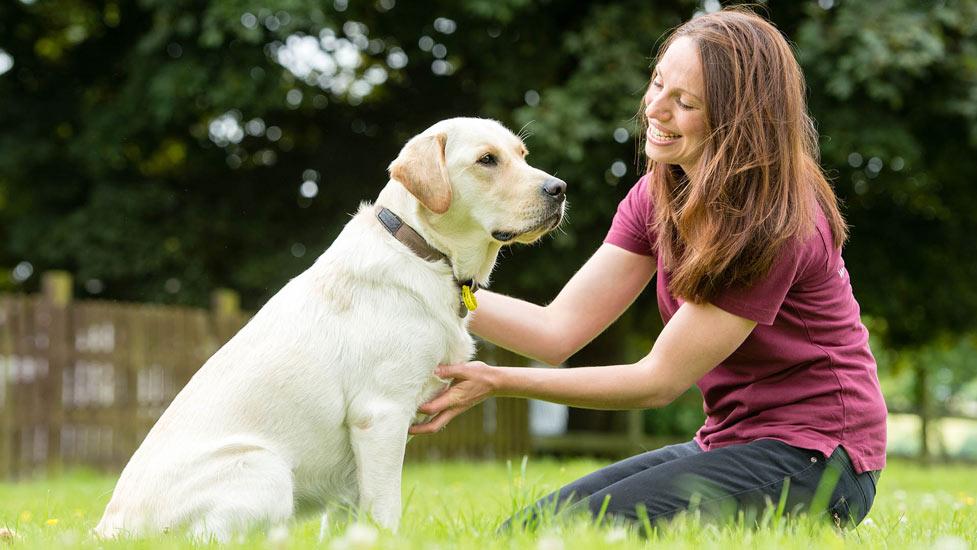
Overcoming Common Challenges in Reward-Based Behavior Modification
Navigating the intricacies of reward-based behavior modification can sometimes feel like a puzzle with elusive pieces. One common challenge is the inconsistent application of rewards, which can muddle the training process. To tackle this, it’s essential to establish a clear and consistent reward system. Consider maintaining a list of desired behaviors and corresponding rewards, ensuring everyone involved in the training is on the same page. This consistency helps in reinforcing the behavior more effectively and avoids confusion.
Another hurdle is the over-reliance on treats, which can lead to diminished returns if not managed properly. It’s important to diversify the types of rewards you use. Here are some alternatives to consider:
- Verbal praise
- Physical affection, like a pat or a scratch
- Playtime with a favorite toy
- Access to a preferred activity, such as a walk or a game
By varying rewards, you keep the training engaging and prevent dependency on any single type of reward. This approach not only sustains interest but also builds a more robust understanding of the desired behavior.
